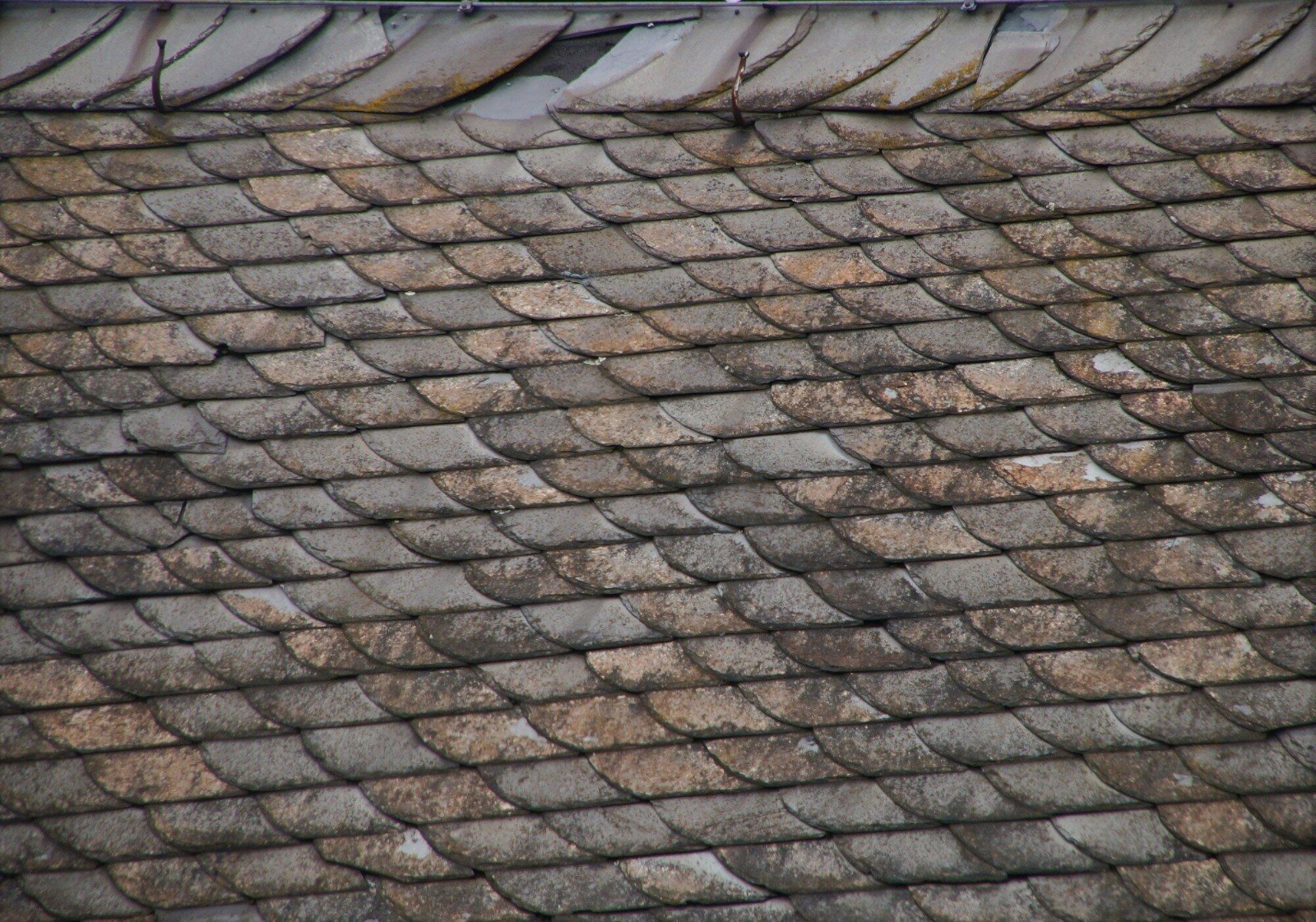Did you know that an average of 358,500 homes experience a structural fire each year?
The aftermath of a fire can be devastating, leaving your home in disarray and filled with debris. Navigating the complex process of fire debris clean up is crucial for restoring your home. Whether it’s soot, ash, or charred belongings, managing what’s left behind can seem daunting.
This guide to fire debris clean up will empower you to take the necessary steps toward restoring your home. Read on to ensure you’re well-equipped to handle the aftermath of a fire and begin the recovery process.
Contents
Understand The Importance of Fire Clean Up
Understanding the significance of fire debris removal is crucial for anyone who has experienced a fire incident. The aftermath of a fire can be overwhelming. However, recognizing the need for prompt and effective cleanup can influence recovery.
Here are the key reasons why fire debris cleanup is so important:
Preventing Further Damage
Burnt materials can weaken structural elements, creating safety hazards. Removing debris promptly helps prevent further deterioration of the building.
Ash, soot, and residues can continue to damage surfaces, appliances, and fixtures if left unchecked. Cleaning these remnants helps protect your property and belongings from further harm.
Protecting Health and Well-Being
Fire debris often contains hazardous materials. This can include chemicals from burnt plastics, fabrics, and other substances. These can emit harmful particles into the air.
A thorough cleanup minimizes exposure to these pollutants. It promotes a healthier living environment.
Facilitating a Smoother Fire Restoration Process
Cleaning up debris allows contractors and restoration professionals to work more efficiently. This speeds up the restoration timeline.
Timely cleanup allows for quicker decisions about materials and repairs. This helps to avoid delays in the restoration process.
Assess the Damage Before Clean Up
Before diving into the clean up, it’s critical to assess the extent of the damage. This assessment informs you about what needs to be removed. It also helps in determining if professional services are needed.
Here are key points to consider:
Visual Inspection
Start by inspecting all areas impacted by the fire. This includes walls, ceilings, floors, and furnishings.
Look for signs of burning, charring, or discoloration. This can indicate the severity of the damage.
Be on the lookout for hazardous materials. This can include broken glass, sharp objects, or exposed electrical wiring. If you encounter any dangerous conditions, prioritize your safety and avoid entering those areas.
Document Everything
Capture clear, high-resolution photos of all damaged areas and items. Be sure to document different angles and close-ups to provide a comprehensive visual record. This documentation can be crucial for insurance claims and restoration plans.
Professional Consultation
Depending on the severity, it may be wise to call the professionals for a more in-depth analysis. Professionals have the experience and knowledge to conduct a thorough evaluation of the damage. They can identify hidden issues that may not be immediately apparent.
Professionals can develop a customized restoration plan that addresses the specific needs of your property. This plan will outline the necessary steps for cleanup, repairs, and restoration.
Essential Safety Measures
Ensuring safety during debris clean up is non-negotiable. Here are some essential safety measures to follow:
Wear Protective Gear
Utilize gloves, goggles, masks, and sturdy clothing. This is to avoid inhaling toxic particles or injuring yourself.
Allow Adequate Ventilation
Ensure proper airflow by opening windows and doors in the affected areas. This helps to dilute smoke and reduce the concentration of toxic particles in the air.
If safe to do so, use fans to promote air circulation. Position them to blow air out of windows. This creates a negative pressure environment that helps remove smoke and odors.
Know When to Evacuate
If you notice high smoke levels or difficulty breathing, evacuate the area immediately. Smoke can quickly become toxic and overwhelming, posing serious health risks.
Before beginning cleanup, ensure that you have an emergency plan in place. Know the safest exit routes and have a designated meeting place outside the home.
Steps for Effective Debris Clean Up
Once the hazards are assessed and safety measures are in place, you can begin cleaning up the debris. Follow these organized steps for effective debris clean up:
Gather Tools and Materials
Formulating a plan to tackle the job starts with collecting the right tools, including:
- Trash bags and bins
- Dust masks
- Protective gloves
- Shovels and brooms
- Water for suppressing dust
Begin with the Big Items
Start with items like burned furniture and appliances. Remove these larger pieces first to allow easier access to smaller debris. For heavy items, ensure you have assistance, or consider professional removal.
Remove Smaller Debris
After larger pieces are cleared, focus on smaller debris such as ash and smaller charred items. Use a broom and shovel to gather these particles into trash bags. Wet cleaning methods can help suppress dust as you work.
Clean Up Remaining Soot and Residue
Once the larger debris is out of the way, cleaning soot stains can begin. Detergents specifically designed for smoke damage will be helpful here.
Use a vacuum cleaner to remove loose soot. Use brushes and cleaning solutions to scrub surfaces.
Dispose of Debris Properly
Many areas have specific regulations regarding the disposal of fire debris. Familiarize yourself with these guidelines to ensure compliance.
Check with your local waste management service for guidelines. This is to ensure responsible disposal.
When to Call in the Professionals
Not all clean up tasks are suitable for DIY. If the damage is extensive or hazardous, don’t hesitate to call the professionals.
Professional services have specialized training and equipment to handle complex debris. This ensures your safety and restoring your home efficiently.
Consider reaching out to professionals if:
- Extensive damage
- Hazardous materials
- Compromised structural integrity
Final Steps Towards Restoration
Once debris clean up is completed, the focus shifts toward restoration. Your home now requires proper cleaning, as well as assessment and repair of any remaining damage. Key restoration steps might include:
- Thorough cleaning
- Repainting and repairing
- Reassess Safety
Fire Debris Clean Up: The Road to Recovery
Fire debris clean up is not just a physical task but a critical step in your road to recovery. By prioritizing safety and following structured clean up methods, you can navigate this process more effectively.
If it becomes overwhelming, remember it’s perfectly acceptable to reach out for help. Taking these steps will ensure your safety and help restore your home to its former beauty.
Did you find these tips helpful? If so, be sure to check out some of our other posts for more information.




